Bearded Dragon Care Guide
Hi, I'm Ethan, your guide to help you learn how to take care of your bearded dragon. In this guide, we'll include diet, feeding, housing, normal behavior, signs of health and disease.
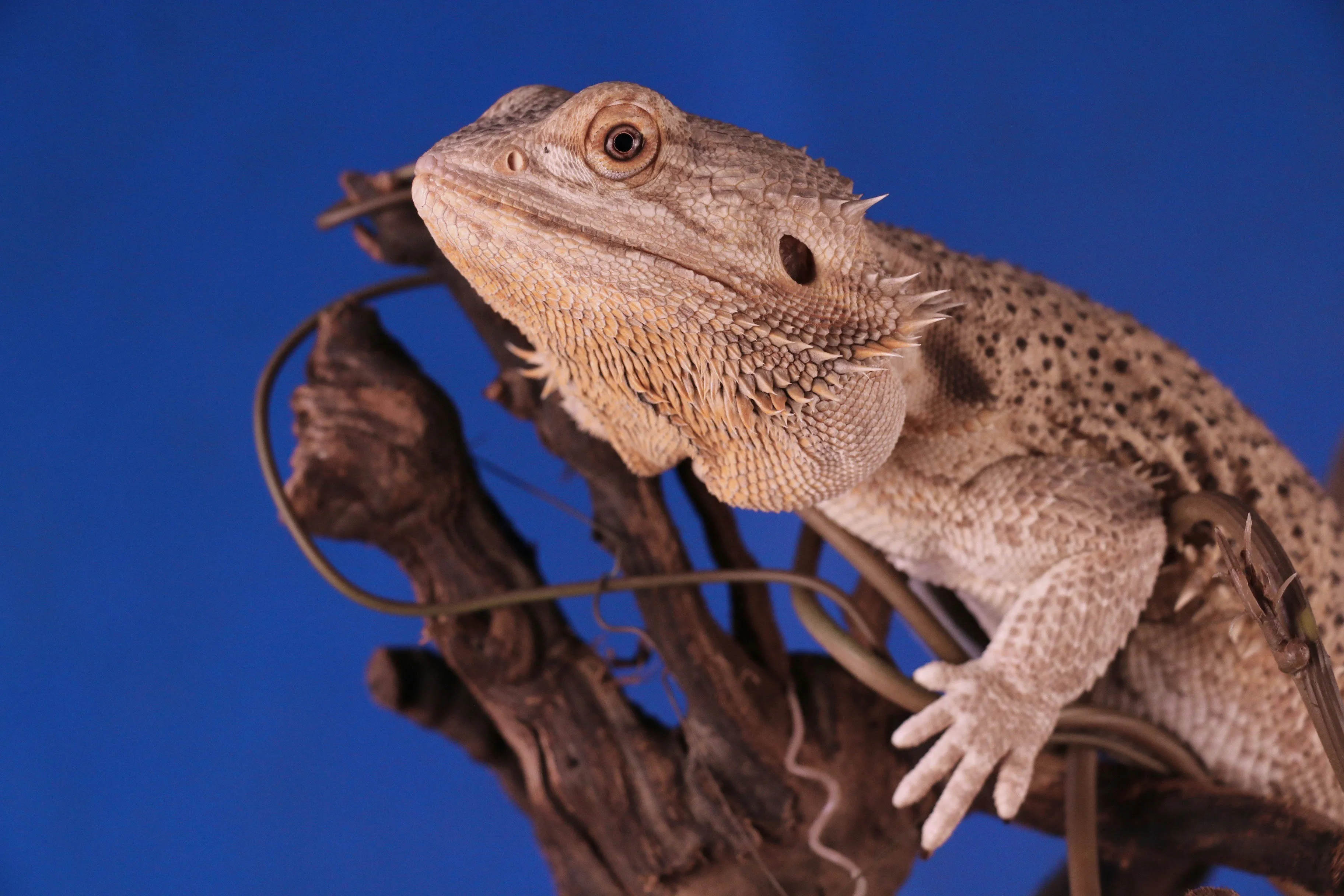
Learn About Bearded Dragons
Tikis Geckos will be your guide to tell you what you need to know about bearded dragons and how to take care of one. Watch these videos to get ideas and keep reading below for more specifics on bearded dragon care.
How to Feed a Bearded Dragon: Diet Recommendations
Bearded dragon are lizards that have a diet of insect and vegetables. Ideal foods include:
Fresh clean water at all times must be available in the cage. (Bearded dragons need to stay hydrated)
Insects: Feed gut loaded insects (crickets or roaches) 1xdaily. Meal, super, and waxworms should given in small amounts.
Vegetables: Veggies should make up 25% of a young bearded dragon’s food and half of an adult’s. Favorites include kale, collard greens, mustard greens, zucchini and shredded carrots. Make sure to remove any vegetables that have not been eaten so they do not rot.
Fruit: Fruits like melons, berries and citrus may be offered 1 time a week.
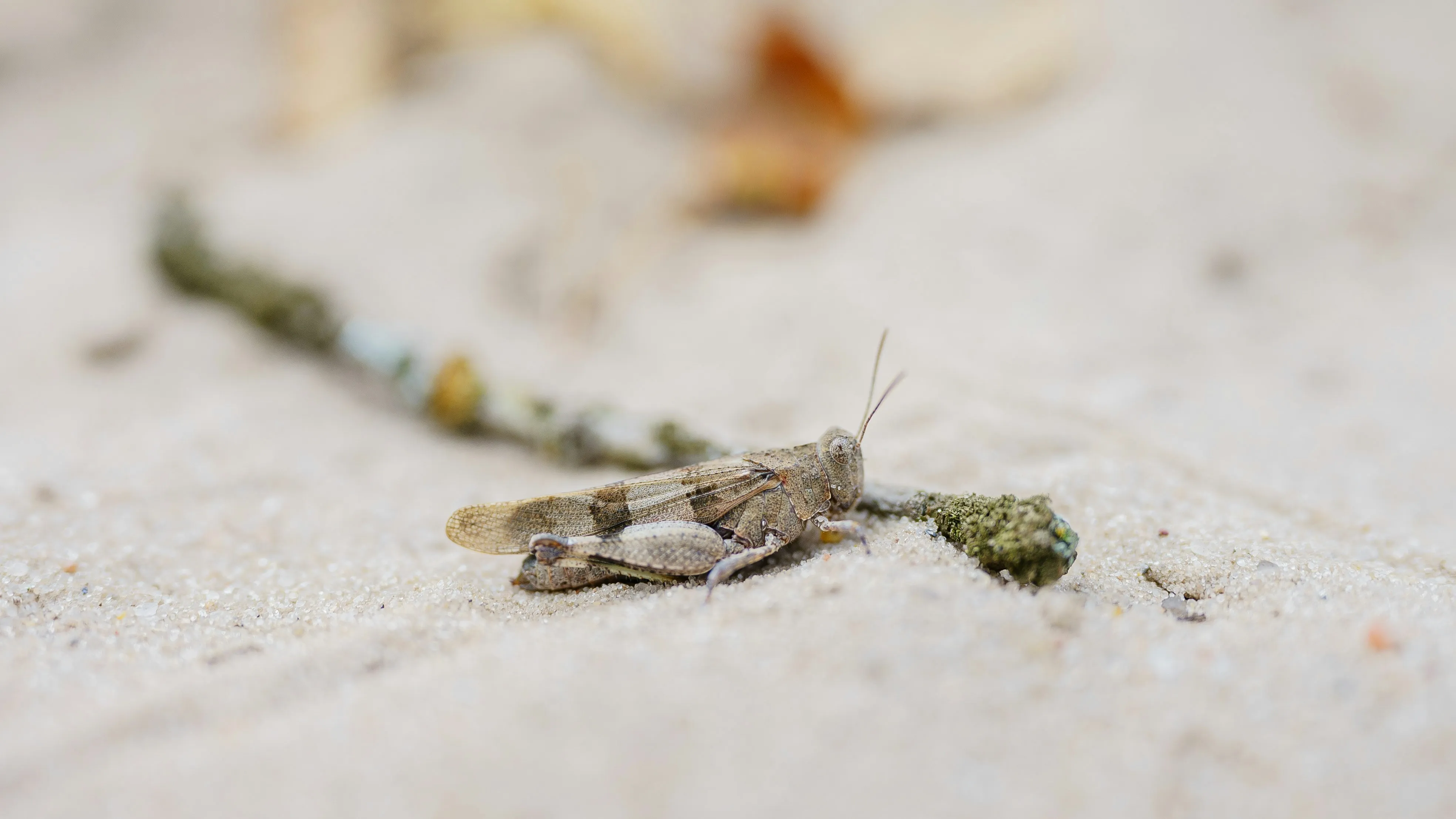
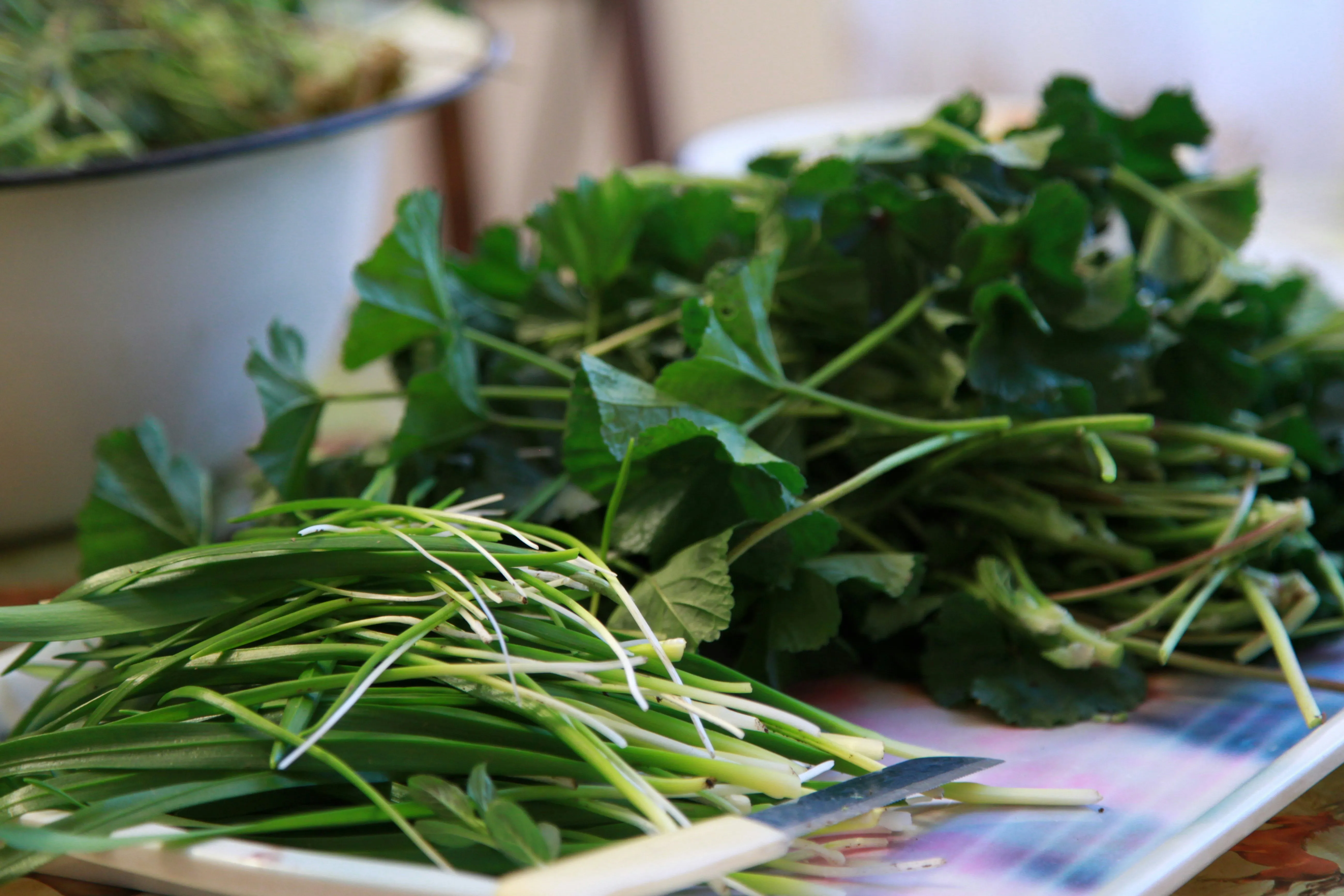
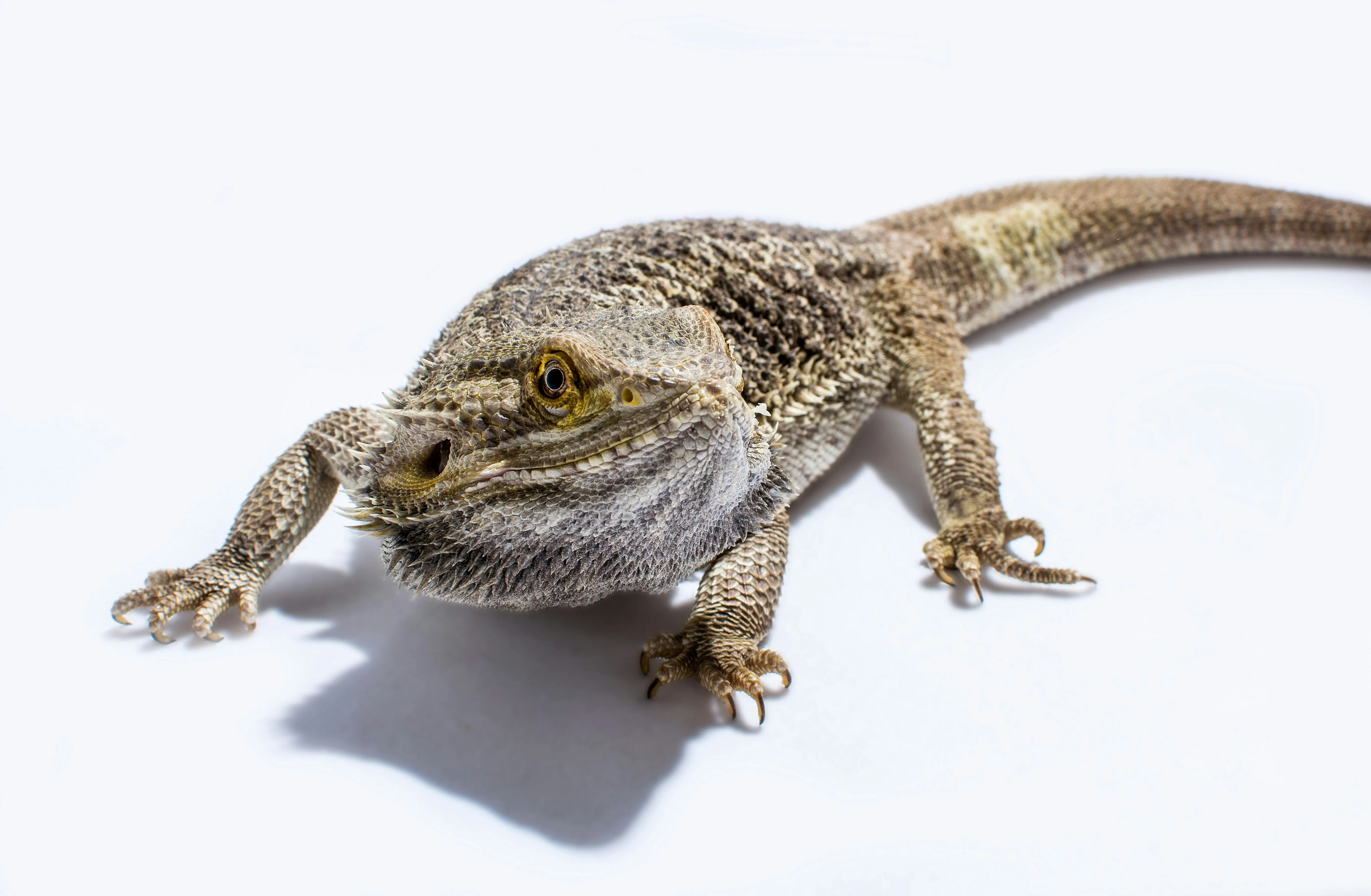
Bearded Dragon Behavior
Bearded Dragon Behavior
Your bearded dragon has a lot of things to say in their body language and several things you'll see are: head bobbing (showing dominance), waving (a submissive action), gaping (to cool off), and occasional shedding.
Building a Safe Bearded Dragon Cage Enclosure
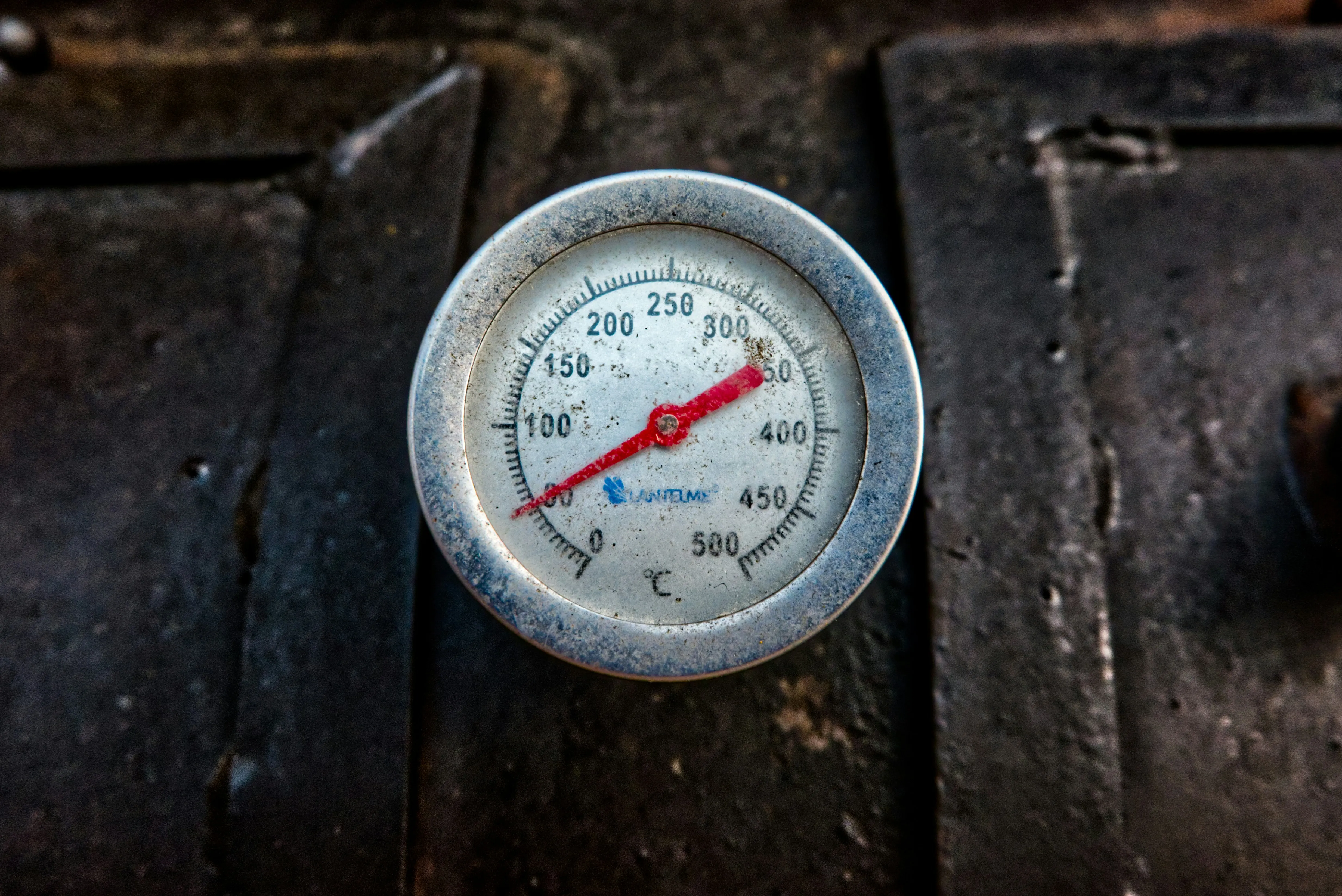
Heat and Fresh Air
Your bearded dragon needs
a special temperature set up
because they live in the desert,
about 100 to 115 degrees and
a cool side of about 85 degrees.
And of course, they need good,
fresh air.

Well Secured and Good Lighting
The lighting can't be too hot,
and if your beardie is 'gaping
too much, that might mean
that it is too hot in the
cage, and you should make
it a bit cooler.
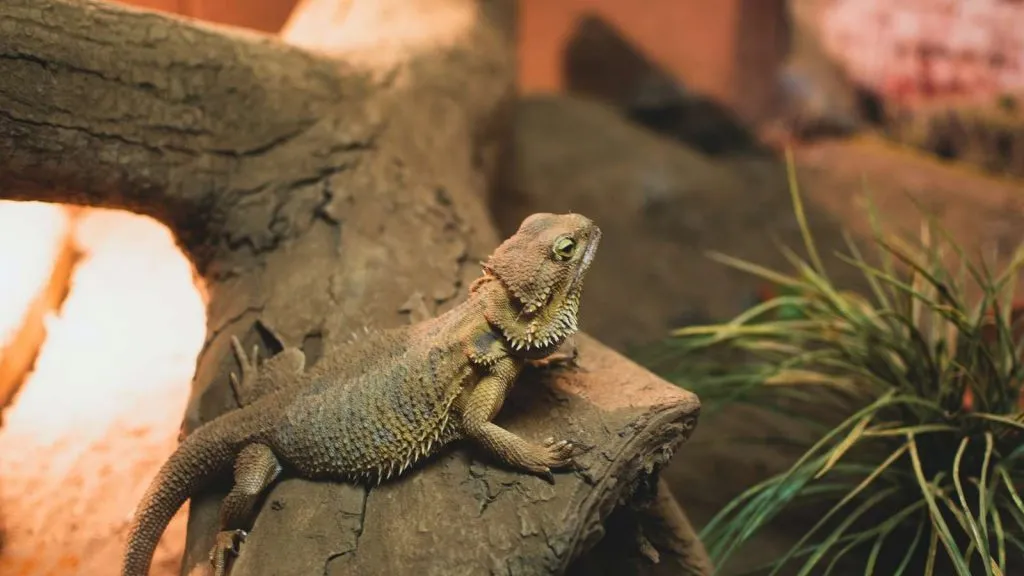
The Right Size Cage & Substrate
Some bearded dragons can
grow up to two feet long, so
you should make sure that your
cage is the right size for it. As
for substrate, I would recommend
a sand type to replicate where
they live.
SIGNS of a HEALTHY BEARDED DRAGON
-
A healthy bearded dragon should be alert and active, moving around its enclosure and exploring its surroundings.
-
A healthy bearded dragon should have a good appetite and eat regularly. It should be willing to eat a variety of foods, including vegetables, fruits, and insects.
-
It should be able to regulate its body temperature, moving between its basking spot and its cooler areas as needed.
-
Skin free of any parisites.
WARNING SIGNS of a SICK LIZARD
-
If your bearded dragon is not eating or is showing signs of illness, such as lethargy, loss of appetite, or changes in stool or urine, it may be a sign of illness.
-
Other signs of illness may include changes in skin color, swelling, or discharge from the eyes, nose, or mouth.
-
If you notice any of these signs, contact your veterinarian.
Want to Find Your Next Bearded Dragon?
Learn more about the best place to buy a bearded dragon.